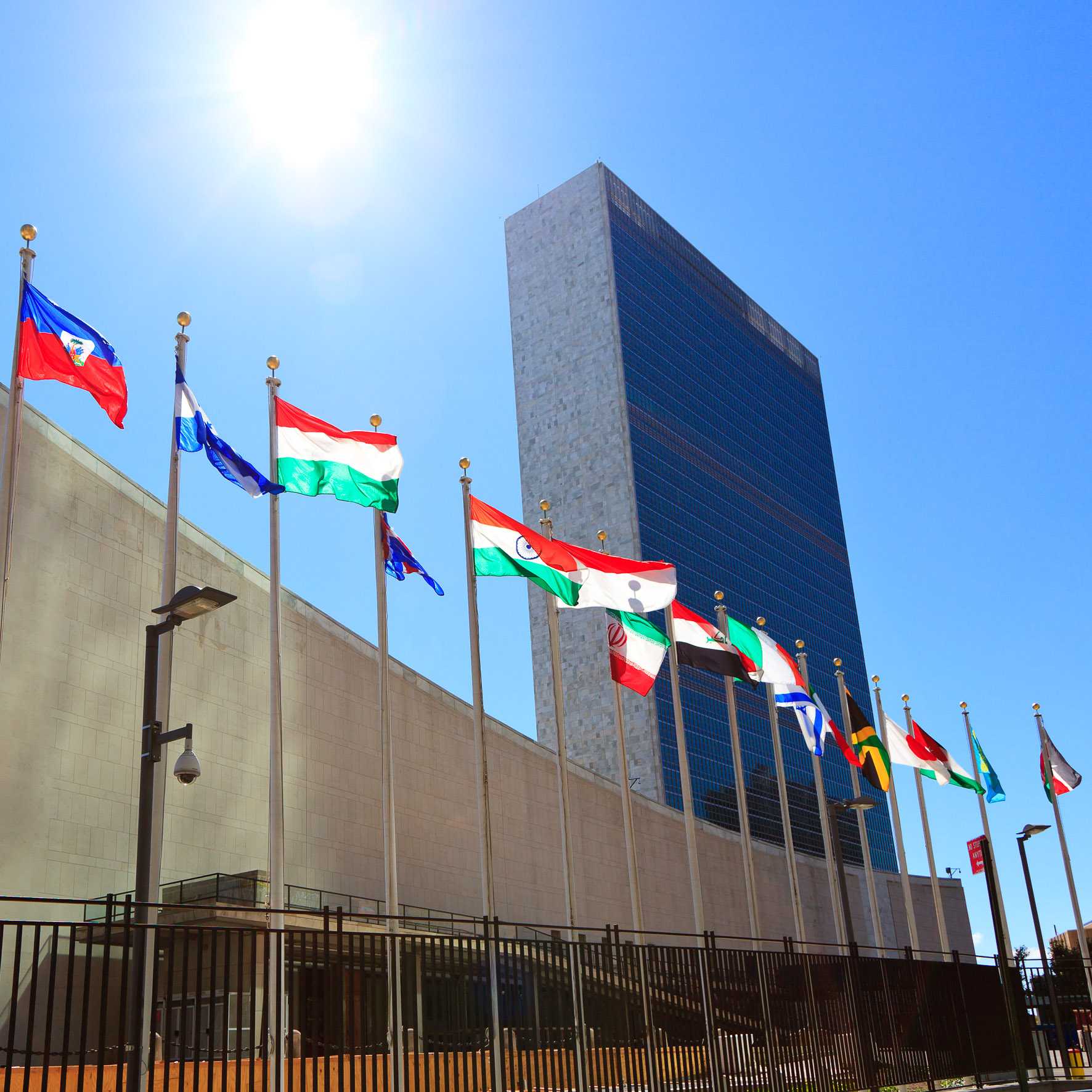

The MedTech Forum 2025 came at a time of immense disruption for the industry. Gathering in Lisbon, industry leaders were as focused on geopolitical uncertainty, supply disruption and regulatory changes as much as championing medical innovation for patients.
From newly announced tariffs to longer-term questions surrounding market and supply chain disruption, industry leaders are facing business pressures that go far beyond sales of medical devices. Trade tensions, localization mandates and regulatory shifts are reshaping how companies operate and innovate. Whether businesses are able to act in this moment with long-term strategy in mind or are caught up in reactive tactical responses will ultimately determine their longer-term commercial success.
Navigating Uncertainty
APCO participated in a panel discussion, “MedTech Policy Trends: Navigating a Changing Geopolitical Landscape,” with industry and trade association representatives to discuss what med tech companies can do to navigate uncertainty and deliver value to patients and their business.
In this moment, teams that remain laser focused on their long-term business strategy will identify opportunities for long-term growth, even as they respond to the near-daily changes and new risks emerging in this complex environment.
Use Scenario Planning as an Engine
In moments of rapid change, organizations that understand their exposure to tariffs and regulatory shifts will be more agile and able to pivot to the near daily changes. We’re using scenario planning as a unifying engine—empowering organizations to act swiftly and cohesively amid trade volatility. This process can unearth key data from across the organization that can be used to identify and communicate exposure to potential tariffs. The act of forecasting, irrespective of the outcome, will ensure the organization is connected and aligned on its policy priorities. With this compass, business leaders can act on political intelligence, reputational assessments and opportunities to shape the narrative around their organization.
Look Ahead to Diversifying Supply Chains and Sales
The Trump administration’s 2025 tariffs on imports have disrupted established supply chains and significantly increased costs for MedTech companies. Even as these policies remain in flux and under legal review, smart organizations are rethinking sourcing and manufacturing strategies to meet the future market environment and already anticipating what the world could look like in 2030 and beyond.
For large corporations, a multi-hub strategy could ensure resilience by spreading operations across regions. Some have already taken steps to reduce reliance on single geographies, particularly China, by adopting a “China Plus One” strategy. The Asia-Pacific region, particularly India, is emerging as a key growth market due to its expanding health care infrastructure and government incentives for MedTech investment.
Partnering to Unlock Opportunity
For smaller companies, localized partnerships may offer opportunities to connect with local suppliers and adapt products to meet regional regulatory requirements. This approach not only ensures compliance but also strengthens opportunities to rapidly unlock market access as countries look to pair access requirements with localization efforts.
Embedding political, trade, workforce, logistical barriers and regulatory assessments into any future investment decisions is critical to understanding the holistic costs and opportunities of these decisions. Additional due diligence and political risk assessments of partners are now a must-do action to ensure that future foreign government actions and sanctions do not bring investment into jeopardy.
Translate Value to the Political Moment
The medical value of MedTech innovation is a clear driver of both corporate reputation and relationship building with patients and political stakeholders. In a political moment focused on competitiveness, investment and economic growth, that intrinsic value of health is not sufficient to create deep relationships with government stakeholders.
Tailoring engagement to meet both the health and economic priorities of each government requires the ability to quickly translate political intelligence across markets, governments and trusted sources and then execute locally tailored engagement. A deep understanding of each government’s industrial strategy, incentive framework and close collaboration with government representatives can identify potential public-private partnerships.
Engaging With Governments Effectively
The shift from targeted tariffs under previous administrations to broad, set levels signals a new trade landscape emerging for the long term. Engaging with governments effectively across markets is now a critical step in identifying the potential for securing exemptions for essential medical devices and influencing future trade agreements. Past efforts have yielded benefits for industry, such as a sector specific chapter in the United States-Mexico-Canada Agreement (USMCA) and opportunities do exist in this moment of flux.
By aligning messaging to the core political objectives of governments, companies can begin to protect or advance a policy agenda that supports the business in the long term. As well as direct engagement, collaboration with industry associations and ad hoc coalitions have a demonstrated ability to advocate for a favorable business environment critical tariff exemptions and regulatory relief for medical industries. A well-known trade association is currently advocating for a zero-for-zero model based on a humanitarian exemption. The value of the MedTech industry to core government priorities of economic growth and lowering the cost of health care is strong. Active engagement with policymakers and political influencers now will help shape favorable trade policies.
Creating Strategic Resiliency
The panel discussion highlighted the learnings from COVID-19 and the need for organizational resilience. To establish strategic resiliency for the longer term now means embedding geopolitical and regulatory risks assessments into the strategic planning process for existing and future innovations.
For the MedTech industry, the ability to innovate, develop and deliver life-changing innovations that improve lives is clear. To deliver on that promise, organizations must invest not only in their core health care functions—from research and development to sales—but adopt a proactive approach to positioning themselves for the long-term success by addressing the forces shaping businesses in an increasingly complex global landscape.


